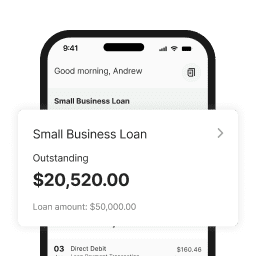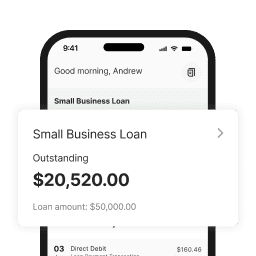A comprehensive forecast can give you a glimpse into the future of your business – and allow time to adjust in advance of peaks and troughs. Here’s how to keep your forecasts up to date.
At a glance
- The arrival of a new quarter is a reminder to refresh your cash flow forecast.
- A comprehensive forecast can give you a glimpse into the future of your business – and allow you time to adjust to peaks and troughs.
- Adjust your plan in real time as your business’s cash flow goes up or down.
- Forecast regularly, in collaboration with your team, and as part of a broader sales strategy.
The main goal of a cash flow forecast is to ensure your business has enough cash to meet obligations and avoid funding issues over the short- to medium-term. But it can also form part of a long-term cash flow management plan – one that runs across an entire quarter or year, or even longer.
Any small business owner looking to stay agile or enable growth in a changing market should have the tool squarely in their sights.
Why is a cash flow forecast important?
A cash flow forecast is an indicator of the business’s future cash position. It can help you to:
- Predict a cash shortage or surplus.
- Compare income and expenses for different periods.
- Estimate the financial effects of particular events, such as hiring a new employee.
- Demonstrate the health of your business to lenders.
Although creating a cash flow forecast isn’t the only solution, it can help you see where you may need to make adjustments – because predicting in advance when shortfalls may emerge can give you the time you need to take action.
How to keep your cash flow forecast up-to-date
Keeping tabs on income and expenses can provide a glimpse into the future of your business, but at the end of the day, a cash flow forecast is exactly that – a forecast or estimate. Your actual future cash flow may differ, so it’s worth trying out a few projections to look at the likely outcomes of different scenarios.
To do this, each month you’ll need to record the following:
- Total monthly cash inflow – including sales, loans, interest and other sources.
- Total monthly cash outflow – including purchases, loan payments, wages and other expenses.
- Opening balance – the cash available at the beginning of the month.
Using these values, you’ll be able to calculate your net cash flow (by subtracting total outflows from total inflows) and your closing balance (by adding the net cash flow to the opening balance) – which becomes your opening balance for the following month.
You can adjust the time period from monthly to quarterly, or however far ahead you wish to forecast.
From there, it’s a simple matter of swapping out real values with projected values, to model the ebbs and flows of small business finances and give you an idea of what could happen in different scenarios.
You can also adjust your plan in real time as your business’s cash flow goes up or down.
Critical here is the ‘fore’ part of forecasting – make sure to get in early and make forecasts not only for the coming weeks but coming quarters based on all the information you have at hand.
Top tips to get forecasting right
There are several actions small business owners can take to forecast effectively, such as:
- Forecast regularly. Choose a regular forecasting cadence and stick to it.
- Communicate widely. Make forecasting a team effort by consulting your employees, particularly those in charge of different parts of your business – sales, delivery and so on. They could bring a helpful new perspective.
- Use technology. Digital tools, such as your accounting software, can take the guesswork out of financial science.
- Consider your sales strategy. Take the findings from the forecasts you create and feed them back into your sales strategy, which ensures you’re making the most of the forecast.








